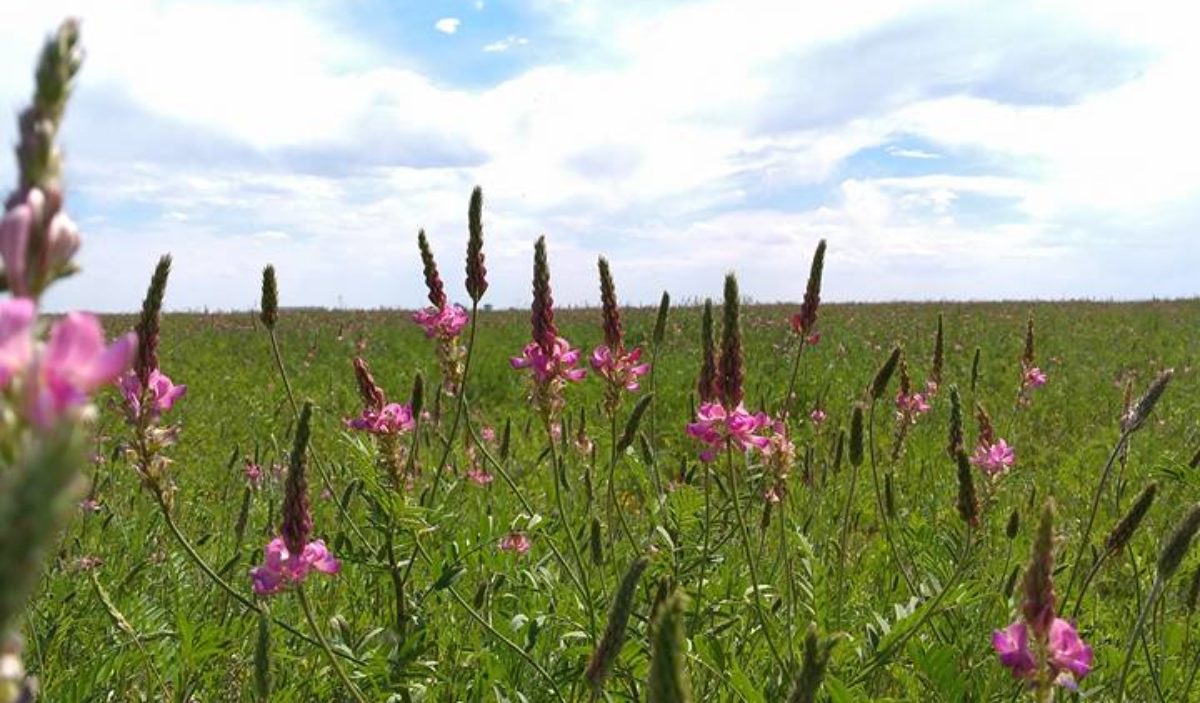We are water people. I love everything about it, so naturally we’d want something to swim in on our property. Something lovely and looks like it belongs in the landscape. It wasn’t feasible before. Too expensive. However, the unintentional pond has shown us we can line a pond rather cheaply with materials from our own property. Wyoming is a leading producer of Bentonite, a clay that is used a lot in construction and pond building. I cannot say 100% that bentonite is the reason we made the unintentional pond but whatever that black clay is, it holds water. So we’ll be mining it out and lining our natural swim pond with it.
Stage 1 of this project is obviously digging the hole. Our trusty excavator is making light work of that. The swimming area of the pond is planned to be a rectangle 30 feet long and at least 7 feet across. The deep end will also be 7 feet. Our excavator can only dig 7 feet if you hadn’t guessed.
I have the deep end dug, for the most part. I need to move the excavator to the other side to get some stuff I couldn’t reach, but otherwise it’s good to go.
My progress was halted by the gigantic pile of dirt that had accumulated near me. The plan was to double team the digging, one of us in the excavator and one in the tractor moving the dirt. Kids prohibit that plan mostly. Someone has to watch the little devils. They also inhibit the moving of dirt as it is a premier play spot.
We managed it, somehow. The entire pile hasn’t been moved, weather intervened, but I can move the excavator around now to finish the deep end.
So once the rectangle is completed I will go back and slope the walls for the planting area. Make it a more organic shape. Then comes the lining with bentonite. That will be the toughest job yet. Once that’s done though, nothing but plants and parties.
























